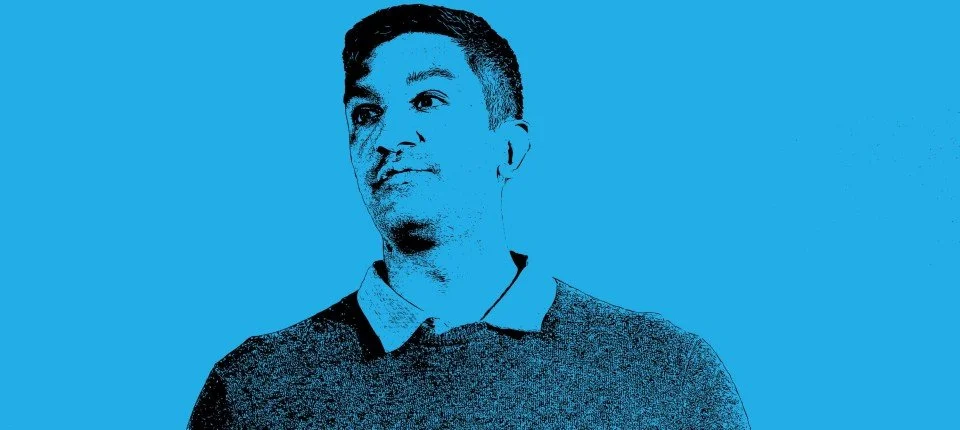Whose Global Village?
Rethinking How Technology Shapes Our World.
NYU Press, New York, 2017
Whose Global Village? -Ramesh Srinivasan
In the digital age, technology has shrunk the physical world into a “global village,” where we all seem to be connected as an online community as information travels to the farthest reaches of the planet with the click of a mouse. Yet from the US election, to the growth of the alt-right movement, to the Dakota pipeline to the question of ISIS, we also have begun to recognize how incredibly disconnected we are at the same time, occupying various bubbles and self-selected communities.While we think of platforms such as Twitter and Facebook as open and accessible to all, in reality, these are commercial entities developed primarily by and for the Western world. Considering how new technologies increasingly shape labor, economics, and politics, these tools often reinforce the inequalities of globalization, rarely reflecting the perspectives of those at the bottom of the digital divide.
Selected Reviews of 'Whose Global Village?'
“The 2016 election showed us what happens when technologies like Facebook, that are supposed to connect us, actually leave us in bubbles and oblivious to the world that doesn’t agree with us. Whose Global Village? shows that another technology is possible, and in fact exists, through examples across the world that are all about furthering cultural voices and conversations.”—The Yes Men“In the age of video streaming and the internet, indigenous peoples can fight for their rights as we see with the Dakota Pipeline and across the world today. Whose Global Village? points the way forward to a digital world that recognizes the dignity and voices of indigenous peoples.”—Winona La Duke, Executive Director of Honor the Earth






![Generative AI in Creative Industries: The Next Big Thing in U.S. Media and Entertainment - Ramesh Srinivasan and Apoorv Gupta [AI Digest Future]](https://images.squarespace-cdn.com/content/v1/6174bf3319cf4223cc2961f2/1736831987949-WQTTK14XHGEHJI8YD3FB/Aidigest+Future.png)